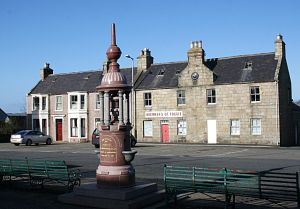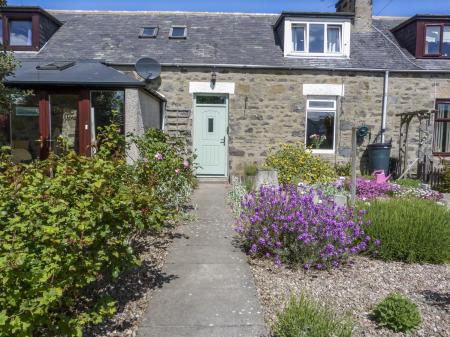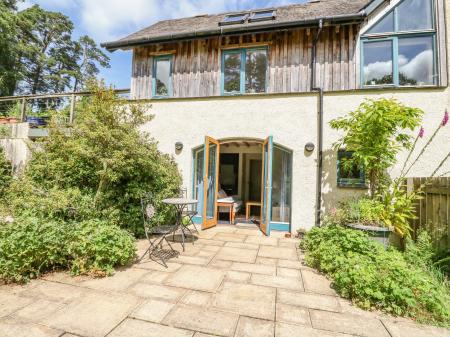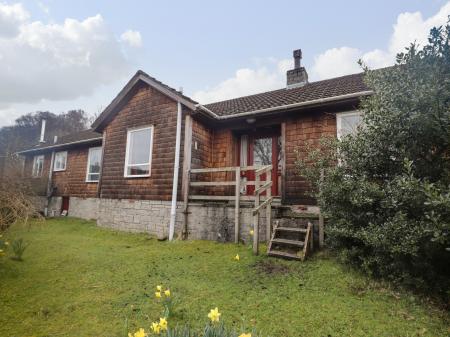
Aberchirder was originally a small Royal Burgh but the main area of the town is more recent, having been established in 1764. That 1764 planned town was established Alexander Gordon, 5th Laird of Auchintoul.
Gordon built a linen factory producing fine linen tablecloths using flax gathered from nearby Auchntoul Moss. He created a grid layout of streets laid out around a central square. Houses fronted onto the street and had long rear gardens so that each dwelling could grow its own food.
In 1823 the village was renamed 'Aberchirder' after the medieval Thanes of Aberkerdour.
There are four castles within 10 miles of Aberchirder. The closest is Kinnairdy Castle, a stately home based around an 11th-century motte. Then there is 11th-century Delgattie Castle, the early 17th-century tower house of Craigston Castle, and Huntly Castle, a combination of a 12th-century motte, with a 16th and 17th-century palace block.
Aside from the 18th-century buildings around the village centre, the most interesting historical building is Old Marnoch Church, built in 1792.
 We've 'tagged' this attraction information to help you find related historic attractions and learn more about major time periods mentioned.
We've 'tagged' this attraction information to help you find related historic attractions and learn more about major time periods mentioned.




